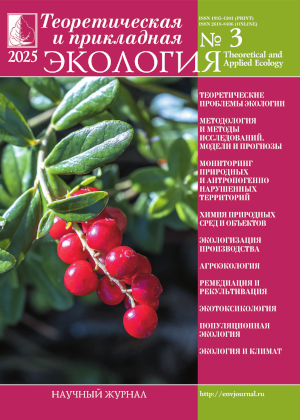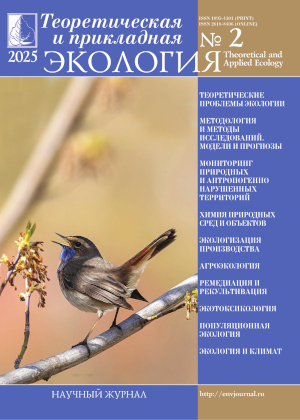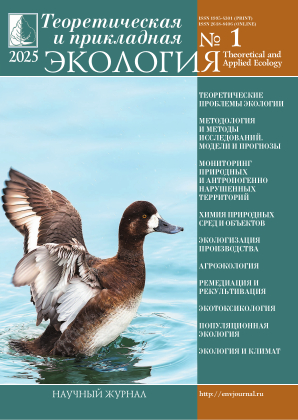 ISSN 1995-4301
ISSN 1995-4301(Print)
ISSN 2618-8406
(Online)
Online version of the journal
|
Cartographic modeling of the Russian steppe-zone urban landscapes with the use of neural networks |
||||
| S.A. Dubrovskaya, R.V. Ryakhov | ||||
| Section: Methodology and research methods. Models and forecasts |
||||
| Based on the method of automated classification of artificial neural networks, an urban-ecological landscape cartographic model of Volgograd was constructed, using geomorphometric data to identify spatially homogeneous sections of the urban-geographic system landscape structures. The neural network approach and data of ecological-functional zoning allow us to carry out the spatial differentiation of urban ecosystems and to obtain reliable information that is necessary to improve the ecological situation of urban space. As a result of the application of the Self Organizing Map learning algorithm and the created digital model, a cartographic model of urban landscapes was compiled, which is a reflection of the geographic environment and the processes of development of technogenic impacts on the state of the natural-anthropogenic complex. In the classification by the method of artificial neural networks, based on vertical differentiation, the features of horizontal geomorphometric indicators information is included. For the first time, the integration of selected genetic types of relief with the modern functional purpose of the zones of the studied urban ecosystem was carried out. The accumulative relief type of Volgograd is identified by the neural network algorithm as a single continual polygon, characterized by a fairly uniform orientation of the slopes. The above-terrace complex is represented by the Khvalynsk abrasive and accumulative terraces, identified by a neural network by morphometric parameters. The water partite geoecological area is presented by gully slopes and near watershed slopes. To classify the slope type of terrain, maps of the exposures along the lines of local watersheds are applied. | ||||
| Keywords: Artificial neural networks, digital relief model, geomorphic indicators, urbogeosystem, natural-anthropogenic complex |
||||
| Link | ||||
 |
||||
| Article published in number 1 for 2021 DOI: 10.25750/1995-4301-2021-1-053-057 |
||||
|
|
36, Moskovskya street, Kirov, 610000, Editorial Board "Theoretical and Applied Ecology." Phone/fax: (8332) 37-02-77 e-mail: envjournal@vyatsu.ru The journal was founded in 2007 |
||||||




 Select viewing options
Select viewing options